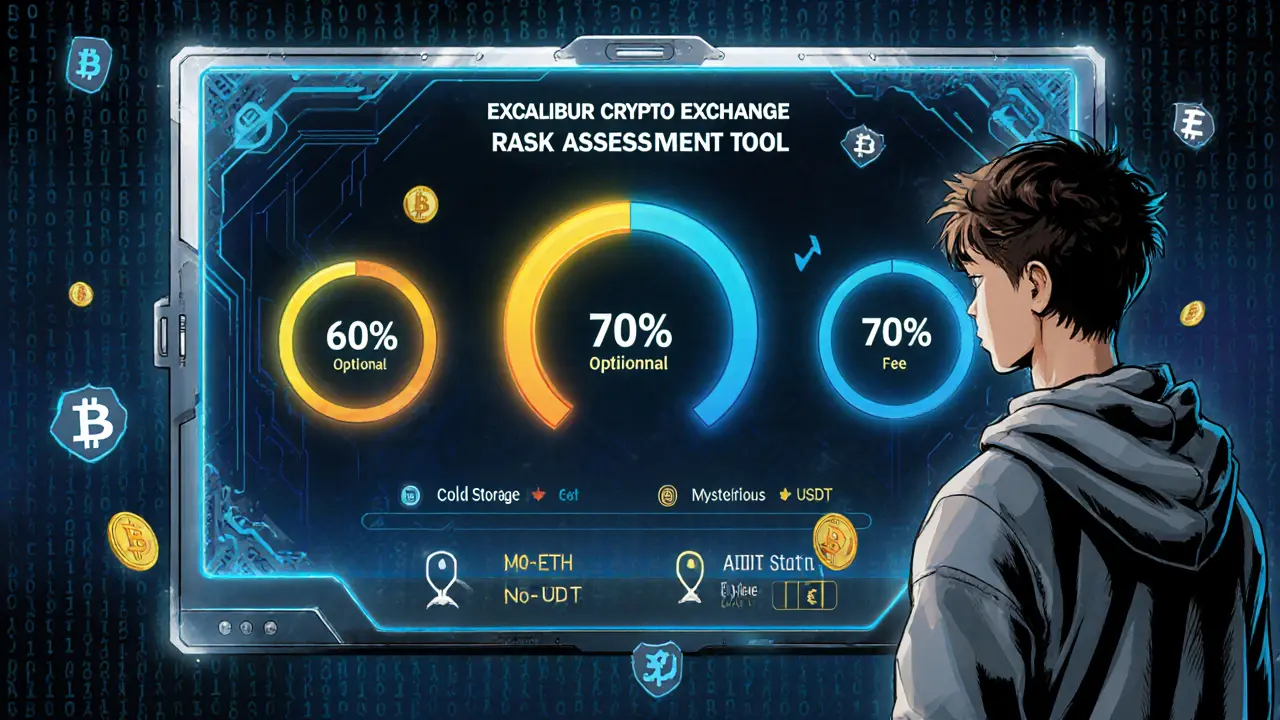Cryptocurrency Exchange Security: What You Need to Know
When working with cryptocurrency exchange security, the practice of safeguarding platforms that let you buy, sell, or trade digital assets from hacks, fraud, and regulatory breaches. Also known as exchange safety, it sits at the intersection of technology, finance, and law. A weak spot in one layer can expose the whole system, which is why traders and investors keep an eye on security scores before moving funds. In our tag collection you’ll see why a solid security posture matters more than low fees or fancy UI tricks.
At the core of the conversation is the crypto exchange, any online service that matches buyers with sellers of cryptocurrencies. Whether you’re on a giant like Binance or a niche spot such as Coinspace, the exchange’s security framework determines whether your coins stay safe. A related but distinct player is the decentralized exchange (DEX), a peer‑to‑peer platform that runs on smart contracts instead of a central server. DEXs like PancakeSwap or LFJ v2 eliminate custodial risk but introduce smart‑contract vulnerabilities that need rigorous audits. Then comes AML compliance, the set of procedures that help exchanges detect and prevent money‑laundering activities. Strong AML processes act as a filter, reducing the chance that a platform becomes a target for criminal actors. Finally, regulation, government rules that define how exchanges must operate, report, and protect user data, shapes the entire security landscape by mandating audits, capital reserves, and incident‑response plans.
Key Components of Secure Exchanges
cryptocurrency exchange security hinges on three pillars: technology, people, and policy. Technologically, exchanges should enable multi‑factor authentication, hardware‑wallet withdrawals, and real‑time monitoring of suspicious transactions. On the people side, staff need regular security training and clear escalation paths for breaches. Policy-wise, exchanges must align with global AML standards, comply with local licensing regimes, and publish transparent security reports. When any of these pillars wobble, you see the headlines—Hotbit’s sudden shutdown, Binance JEX’s derivative fiasco, or the CreamPie Swap scam on Polygon. Those stories illustrate how a breach in one area ripples across the ecosystem, hurting users and eroding trust. Reading through the posts below will give you actionable insights: a step‑by‑step guide to spotting fake airdrop claims, a deep dive into the risk profile of low‑cap meme tokens, and side‑by‑side comparisons of regulated versus unregulated exchanges. Whether you’re a beginner wary of phishing attacks or an experienced trader looking for the next safe DEX, the collection equips you with the knowledge to evaluate security claims, ask the right questions, and protect your portfolio. Now that you understand the moving parts—exchange type, AML checks, smart‑contract audits, and regulatory oversight—take a look at the curated articles. They break down real‑world examples, list red‑flag indicators, and suggest practical steps you can apply today to keep your crypto safe.




